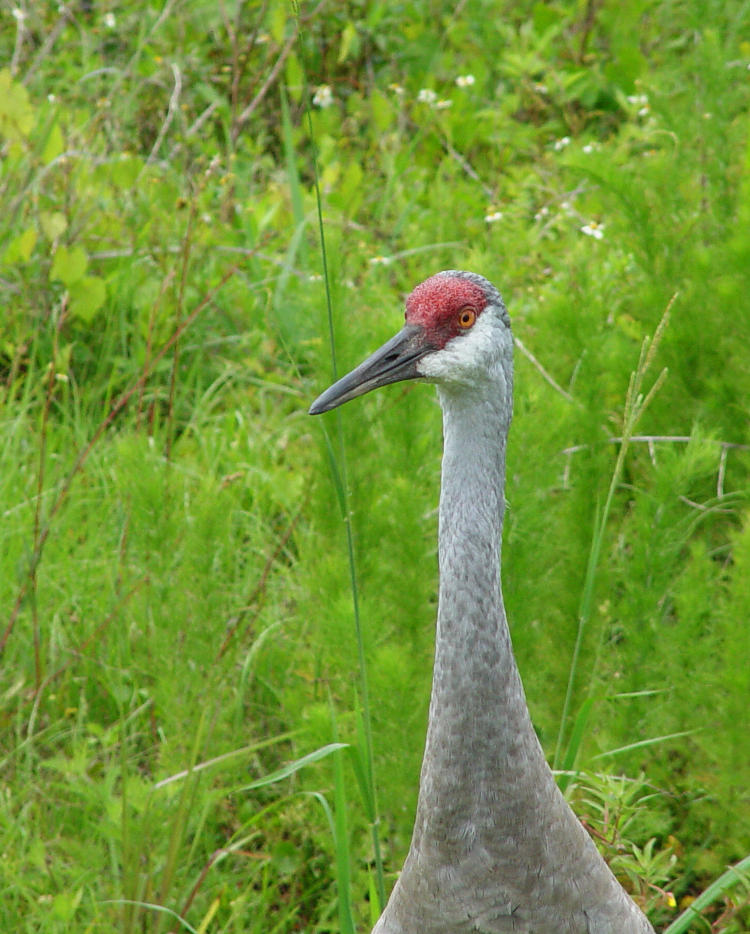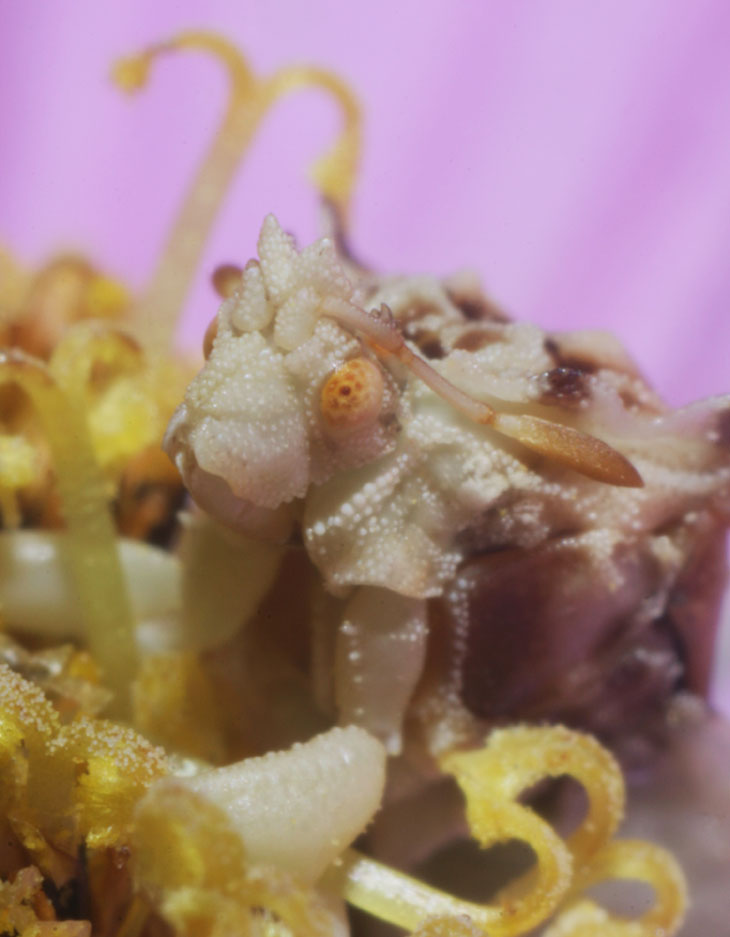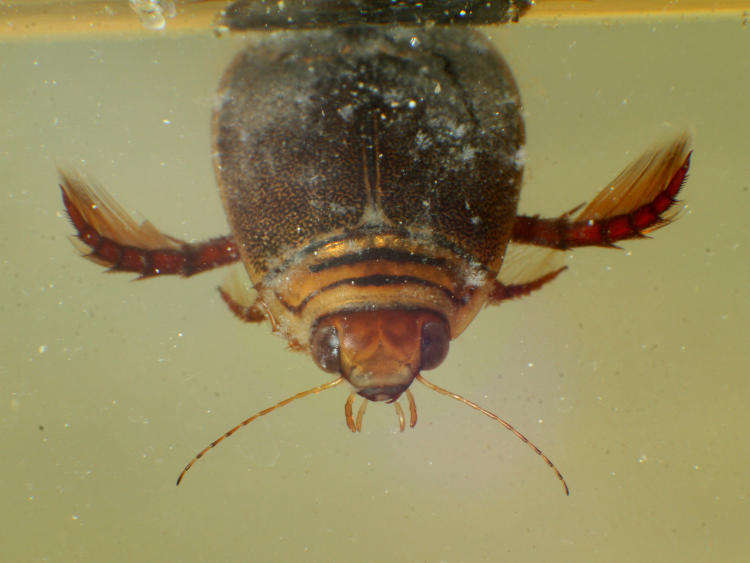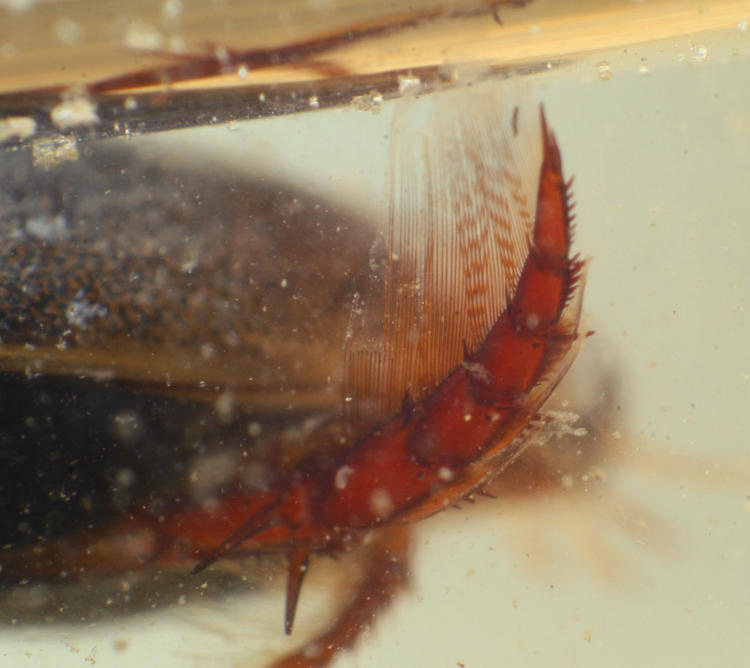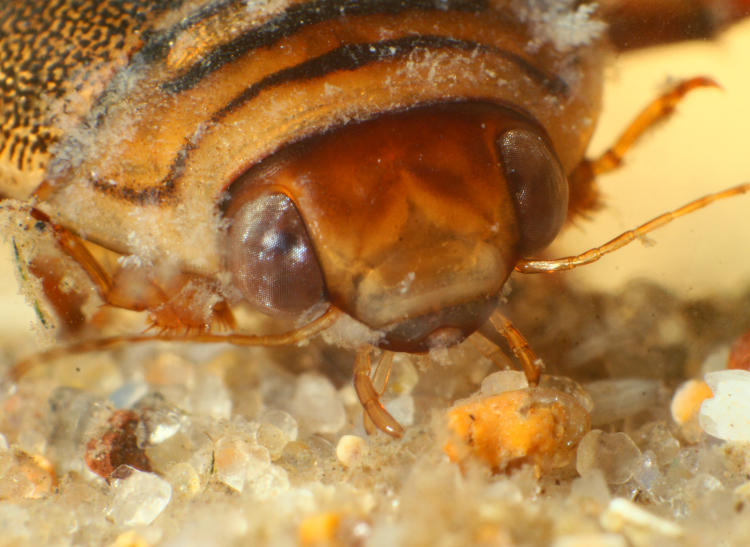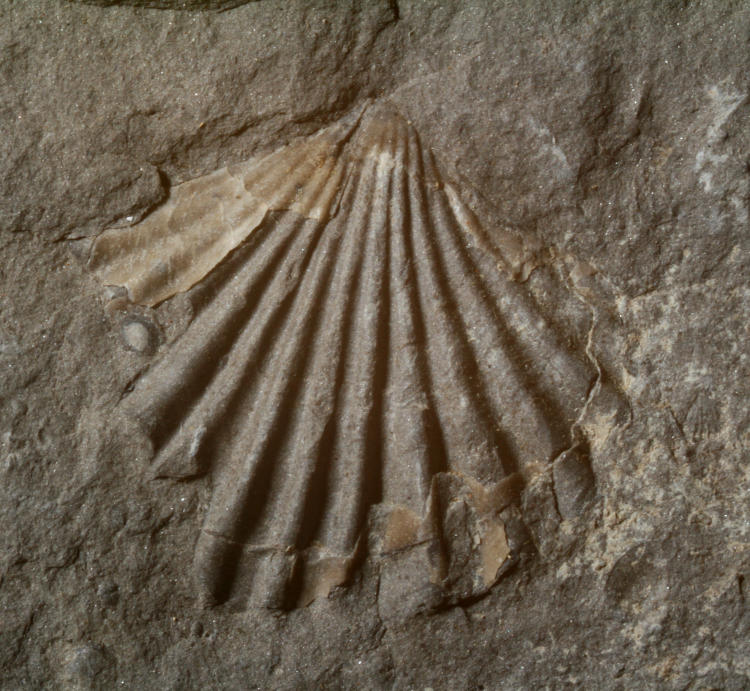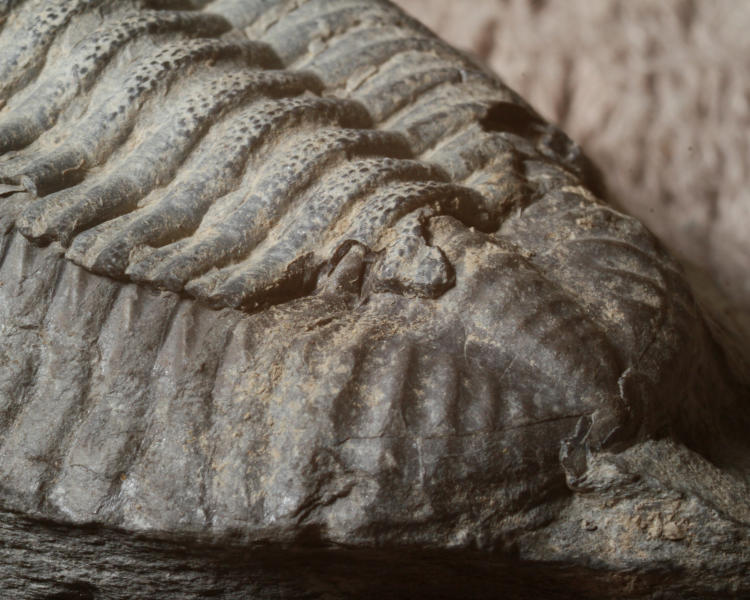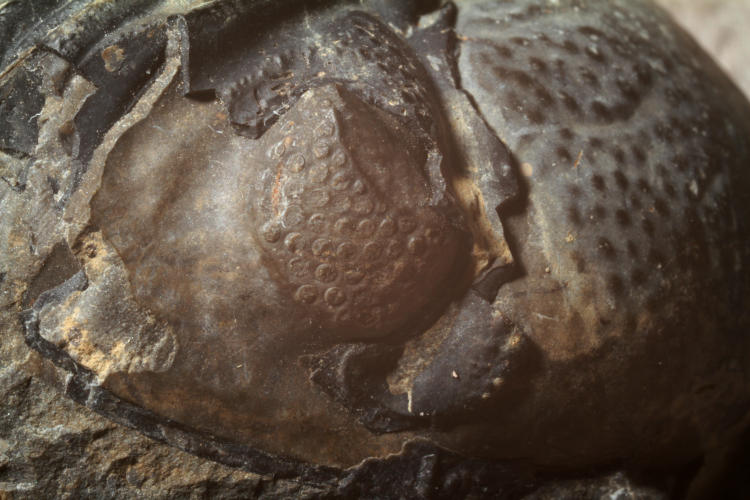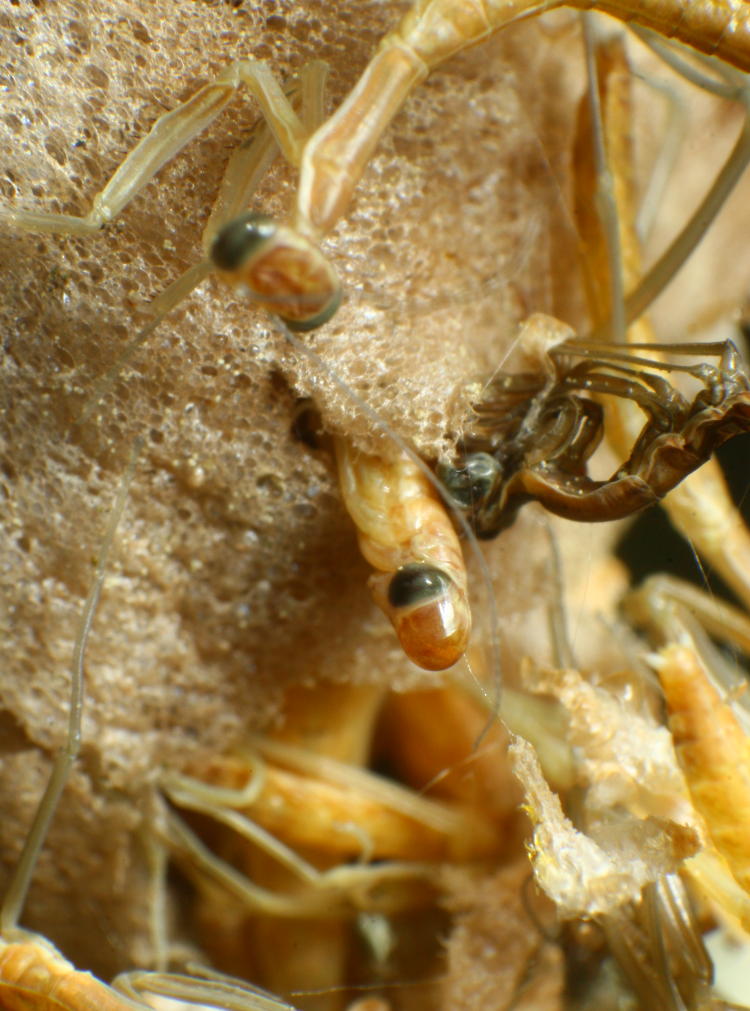That’s a new phrase in my critical-thinking arsenal now. By itself, it seems counterintuitive, but that’s really the point. Let me explain.
A century or so ago, as telescopes got better and we began to understand more about our closest stellar neighbor Mars, we realized that it was not too much smaller than Earth and not too far away, and surmised that, given these conditions and the abundance of life on Earth, that Mars might possibly have similar conditions; ergo, there might be life on Mars as well. Couple this with the observation of ‘channels’ or ‘canals’ from some astronomers, and the idea of Martians took hold, first as speculative science, then in the fictional literature (such as The War of the Worlds,) and soon crossing over into real-world claims of alien encounters. The same was said, in a manner, about Venus, perpetually shrouded in clouds that prevent any view of the surface. Initially proposed to be water vapor like our own planet, some speculated that Venus was a steamy, swampy planet, with plenty of liquid water that helps catalyze chemicals and thus can promote the development of life.
Both of these were dead wrong, enormously so. The canals on Mars didn’t exist, and Mars has been too dry for millennia to harbor any life. Venus, meanwhile, didn’t have water vapor, but carbon dioxide instead, creating temperatures incredibly inhospitable to life. The idea of either of these planets possibly fostering life came only because we didn’t know the actual conditions, and were speculating instead. Now, how firmly these were speculated, the degree of probability that was given to these nonexistent conditions, was certainly varied, with astronomers and/or planetary biologists being the least convinced, yet there are still papers from several decades ago that proposed manners of ‘terraforming’ should these speculations prove true.
The same thing might presently be said about our search for life on other stellar bodies – moons within this solar system, from the majority of scientists addressing the idea, but any close stars from those that search for radio signals or biological clues within exoplanet atmospheres. Again, liquid water is considered key, and to have that you need certain temperatures and pressures, otherwise water is ice or vapor and not at all conducive to catalyzing elements.
However, we don’t know how life actually arose here on Earth. We think we’re close, but as yet, we haven’t been able to duplicate it ourselves, nor have we seen it occur spontaneously. Given that it occurred billions of years ago in conditions we can only infer from the traces left behind, as well as our knowledge of free elements within the solar system, we may be missing an awful lot. The more specific the conditions, the lower the likelihood of them occurring elsewhere. We’re really only dealing in guesswork right now.
We frequently say, “It’s possible,” about any number of subjects, but really, there are two distinct meanings of the phrase, and they don’t go together well. The first is simply an admission that we don’t know, and cannot therefore prove that something is impossible. We usually use this in casual statements, like if Bobby really likes us or the new restaurant is open late – essentially, it’s a worthless answer. But the second usage is more scientific: we say something is possible because we’ve seen it occur before and thus believe it can again, or at the very least (like, again, life on other planets,) we believe that we know the conditions necessary. This is more along the lines of probability, and can often be expressed mathematically, like a 1-in-20 chance of occurring. This is the only use that has any real value.
You may see these get intertwined in some discussions, too. If asked whether someone thinks the existence of a god is possible, the first meaning is generally sought after – we can’t, after all, prove that it’s impossible. But then, any “possible” admission is taken to mean that there is a real probability that a god can exist, which isn’t actually the case – we have no examples, no conditions, and no criteria for such thing, making the probability a solid zero – sorry, but that’s the way it works. People will jump back and forth across this line as it suits them, to get to the answer that they want to hear.
Note, too, that we cannot prove that anything is impossible, only that we haven’t seen it yet, but this is only our ignorance. Many, many things are almost certainly impossible – they would have to be if there are any laws of physics in the first place.
“Is the pea under the second cup?”
“Possibly.”
Actually, no – it either is, or it isn’t. Not knowing specifically doesn’t change that in the slightest. The only accurate answer is, “I don’t know.”
We’re a funny species, though – we’re loathe to admit ignorance, even when it’s a perfectly plausible state, and in many cases the only state we could possibly possess, heh! We think we should have answers, so we weigh options, and when that doesn’t help, we guess, almost always biased by what we want to believe is the case. Not only is this of no use whatsoever, it promotes false confidence, especially to others, and begins this snowball of influence that can only be stopped by thinking clearly and critically about the subject at hand. I don’t need to point out how few people spend any time doing this.
Sure, in most cases it’s trivial – maybe Bobby really does like us, maybe not, we’ll find out eventually regardless of guesses. But in some cases it’s a really bad trait that might be seriously detrimental. Going back to extra-terrestrial life for a moment, we have this overriding idea that such life will be ‘like us’ to one degree or another – if intelligent, it’s likely to be much more intelligent (to have solved all the issues about travel and contact that we haven’t yet,) and thus wise and peaceful and ethical. The probability of being like us, however, is abysmally low, so low as to be unworthy of more than a moment’s consideration. We humans developed in a complicated world full of variables, constantly influenced by other species and adapted strictly to the environment we were within – these conditions aren’t going to perfectly repeat themselves, anywhere. Or at least, this has the highest probability, by a very wide margin.
Which means we have no idea what extra-terrestrial life would be like. Which is fine, from a passive observation standpoint. It’s becomes more of an issue when we talk about actively trying to contact it – the likelihood of it being incredibly dangerous to us is unknown. Should we be betting on something that we have no knowledge of whatsoever? People well-versed in firearms have a saying: “All guns are loaded until you’ve unloaded them,” meaning you always assume the worst so you’re not being careless. This is a recognition of both ignorance and consequences – if we’re going to be wrong, better to be wrong on the safe side.
Overall, we would probably do much better if we got into the habit of recognizing our ignorance where it occurs, and not trying to hide it or imagine that it’s different. “I don’t know,” is a perfectly acceptable answer, one that we should never be ashamed of, and being aware that the gulf of the unknown may hold anything can at least make us less rash in what we assume about it, no matter where it occurs.
* * *
Believe me, I am well aware of the number of people who would read all that above and somehow get to, “Ha! If we don’t know, then you can’t fault me for believing in [insert subject of choice]!” Which is, of course, exactly that bias of desire thing that I mentioned, because if we don’t know, then there are no sides to take, not even tentative conclusions to come to.
Unless there are some probabilities that we can resort to. Viewing the existence of any subject as either ‘yes’ or ‘no’ gives this false idea of a 50/50 chance, but it’s hardly safe or accurate to say that there’s an even chance about the existence of gnomes or bamfercrots*, one of which has to exist if you’re really bad about understanding probability. Sometimes, applying a little logic can help quite a lot – or we can simply refer to the null hypothesis, assuming that it doesn’t exist until there’s solid evidence that it does. Which will be accurate far more often than not.
* Yes, I made that word up – see?
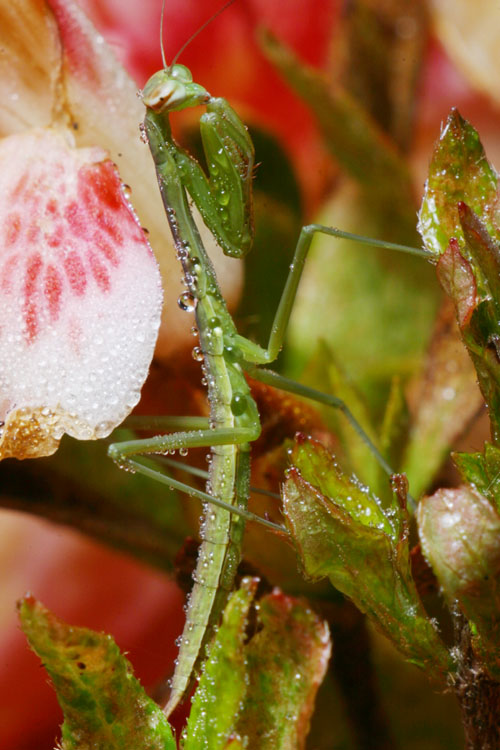 We’re back to another installment of living out my glory years and realizing how unglorious they were, but you take what you got, because whatcha gonna do about it now? You should have thought about needing post material a decade later back then, shouldn’t you?
We’re back to another installment of living out my glory years and realizing how unglorious they were, but you take what you got, because whatcha gonna do about it now? You should have thought about needing post material a decade later back then, shouldn’t you?




















































